The Landscapes and Nature, as is the case of the Coastal Coast, the mountains and mountains, are present in Portugal, give the region a harmony and well-being that does not go unnoticed by the people who know it. beautiful beaches, a climb to the mountains and mountains in a fascinating panorama.
Landscapes and nature, as is the case of Costa coast, mountain and mountain, are present in the northern region of Portugal, will give the region a harmony and well-being that does not go unnoticed by people who know it.
It is a walk by the sea, in its beautiful beaches, a climb to the Sierras and Mountains in a fascinating panorama, loaded with green and cut by the blue of rivers and lagoons, refreshing and energized scents, huge rails marked and inserted in Breathtaking Landscapes, which take us on a voyage of discovery.
We are invited to enjoy unforgettable experiences, such as a horseback ride by the sea or by the mountain, a walking tour inserted in a diversified program, a boat trip on the river Duero, Rio de Janeiro, Río Miño or other places indicated in the. the map, mountain bike ride, DE TT, or other ways according to what you are looking for, be it romantic moments, with the family, an adventure with friends, moments of relaxation or radical.
Also to mention a walk along the Route of the Romanesque, by paths and paths Medieval, cultural walks by Douro Vinhateiro, Thematic routes to the discovery of the Alto Minho, a walk by the Routes of the Handicraft,
Among thousands of Routes and Routes existing in the Region, in the company of nature, history and culture, we highlight some because of their importance and because they are inserted in the Peneda Gerês National Park.
PEDESTRIAN WALKS (PENEDA GERÊS NATIONAL PARK)
Trillo del Mezio and visit the Soajo
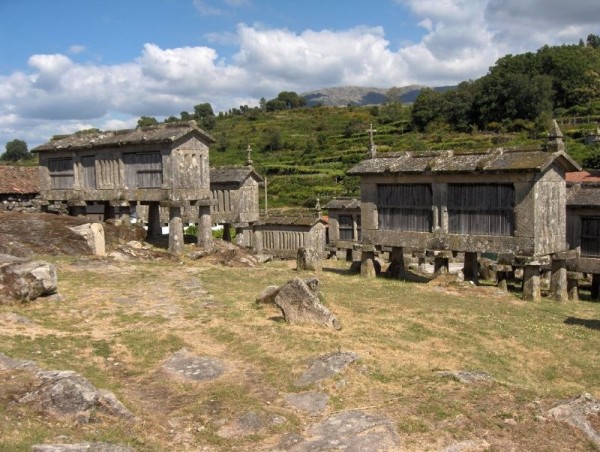
Peneda do gerês
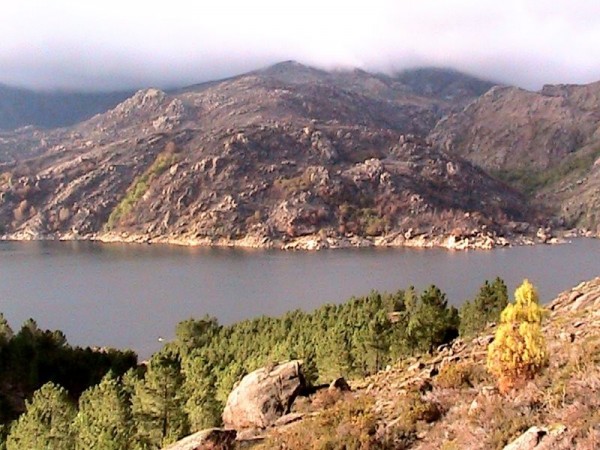
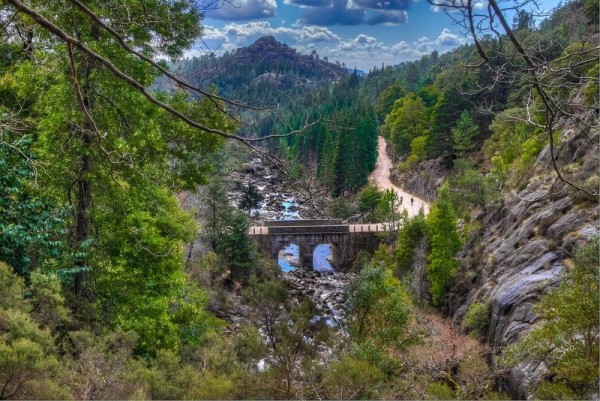
Trillo from Lindoso to Soajo

Route of the Brandeiro
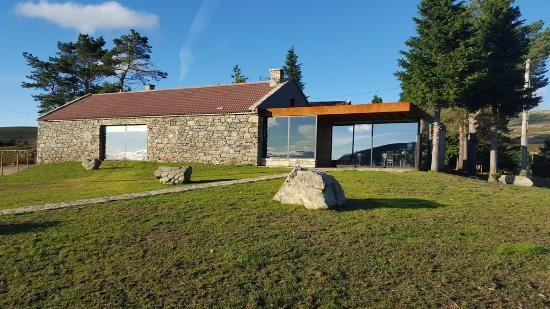
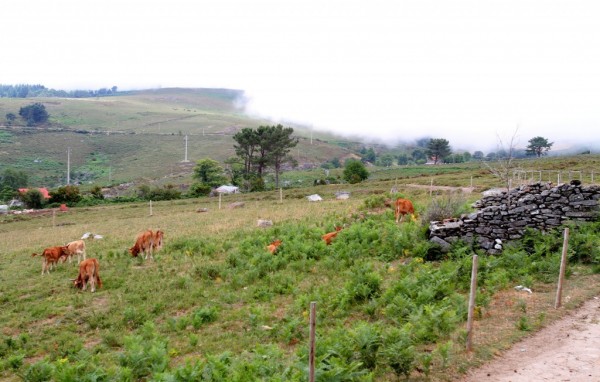
Trillo of the Saracen's Eagle
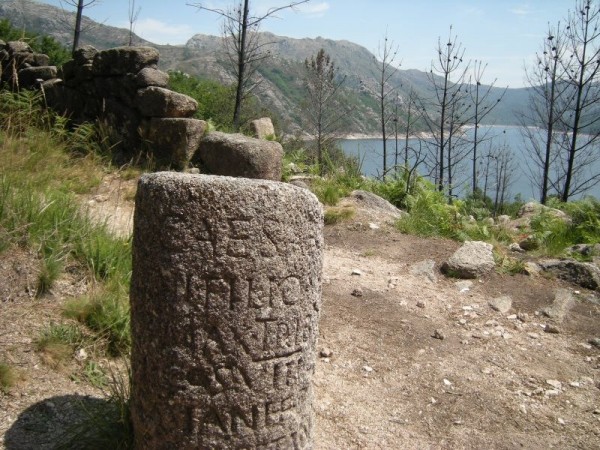
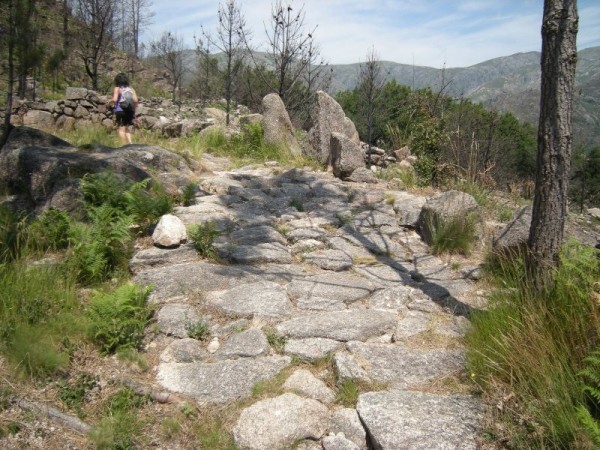
Duero Vino - Discovering the spirit of Douro
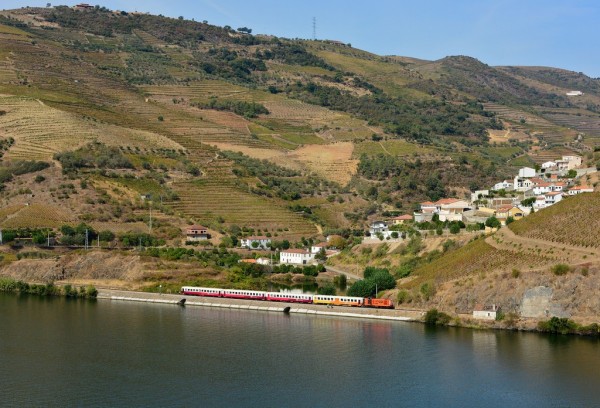
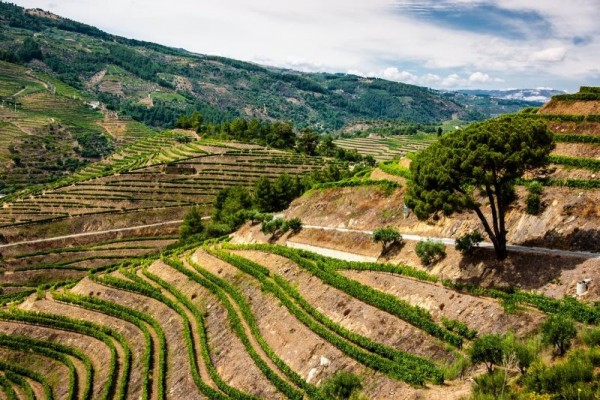
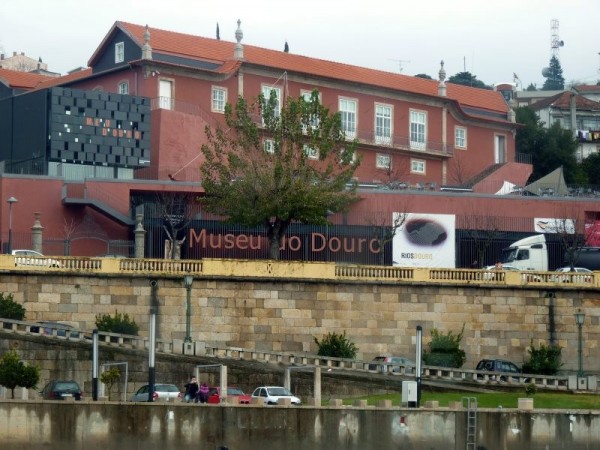
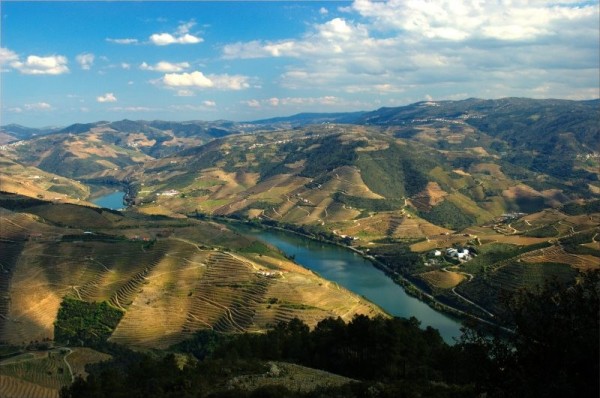
A stroll through the Sousa Valley
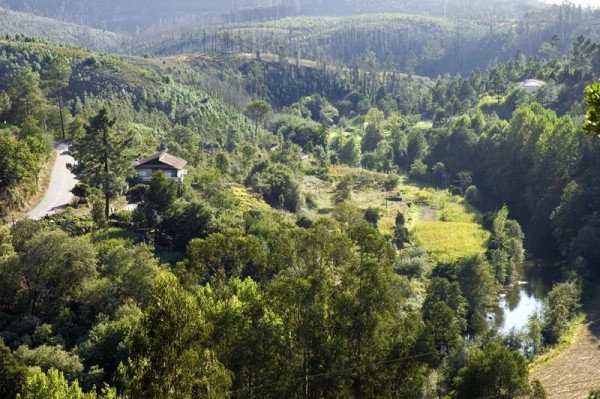
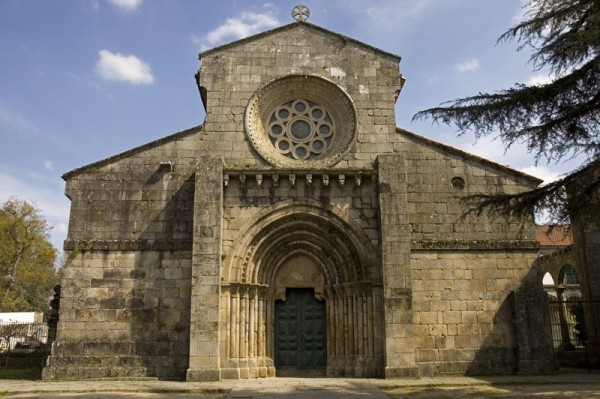
A walk through the Douro Valley
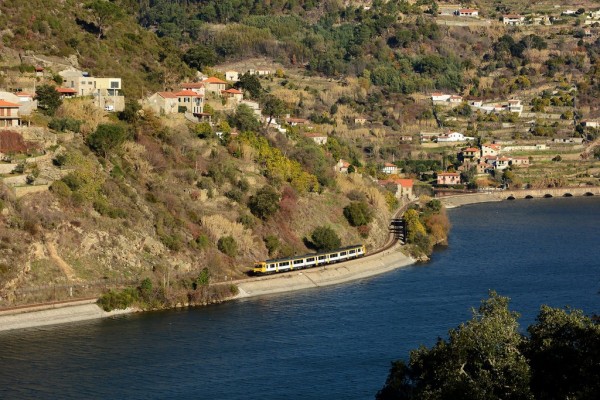
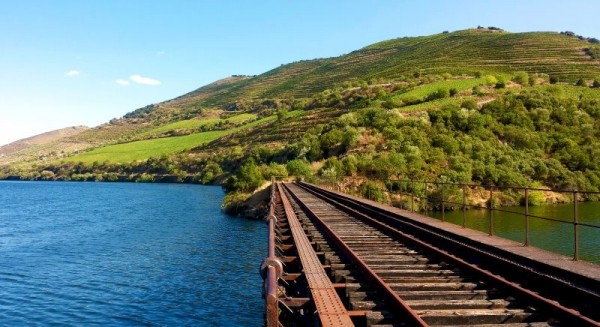
An Walk Géopark Arouca
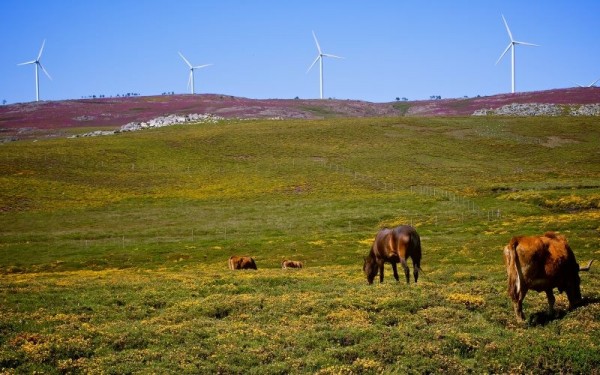
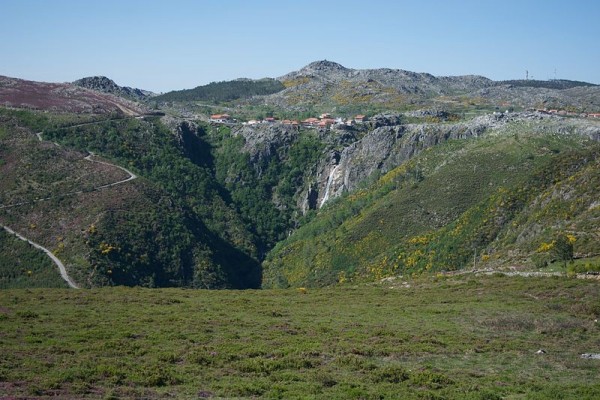
Peneda Gerês Nacional Park
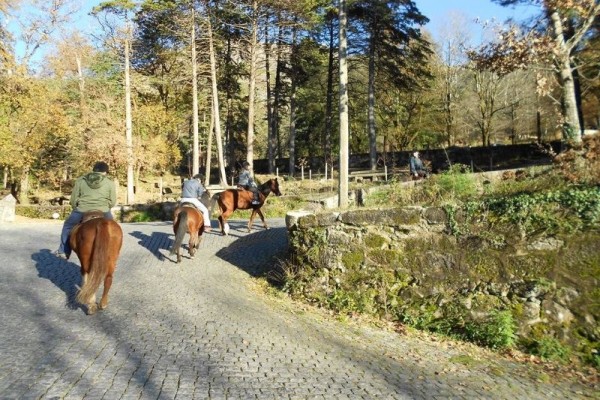

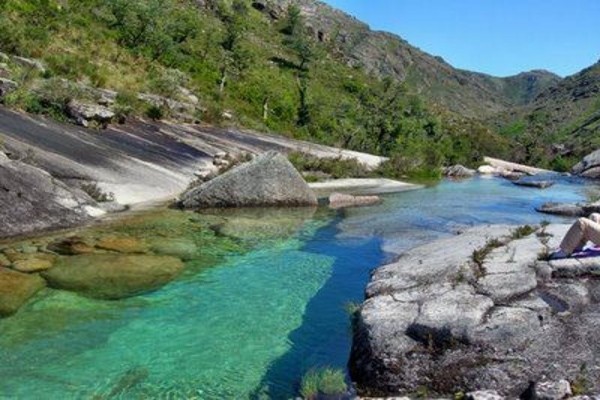
WORLD HERITAGE OF UNESCO PORTUGAL
Historic center of Guimarães
The historic city of Guimarães is associated with the emergent national identity of Portugal in the century. XII. Exceptionally well preserved and a beautiful example of the evolution of a medieval settlement in a modern city, its rich typology of building exemplifies the specific development of Portuguese architecture of the century. XV to s. XIX, through the consistent use of construction materials and traditional techniques.
Wine Region of Alto Duero
The wine has been produced by the owners of the lands in the Duero more than 2,000 years ago. Since the s. XVIII, its main product, the Port Wine, is world famous because of its quality. This long tradition of winemaking has produced a cultural landscape of surprising beauty, reflecting its economic, technological and social evolution.
Historic Center of Oporto
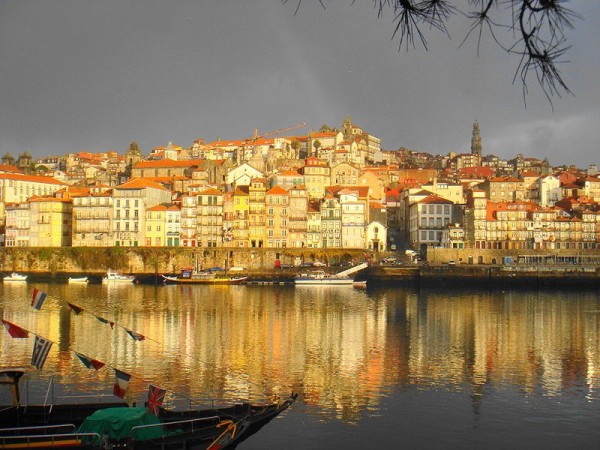
The city of Porto, built on the hills overlooking the Douro River, is an illustrious urban landscape with more than 2,000 years of history. Its continuous growth, linked to the sea (the Romans called Portus, or port), can be seen in the many and varied monuments, from the cathedral with its Romanesque choir, to the Neo-Classic Palace of the Stock Exchange until Manueline style typically Church portuguese of Santa Clara.
Historic Center of Angra do Heroísmo (Azores)
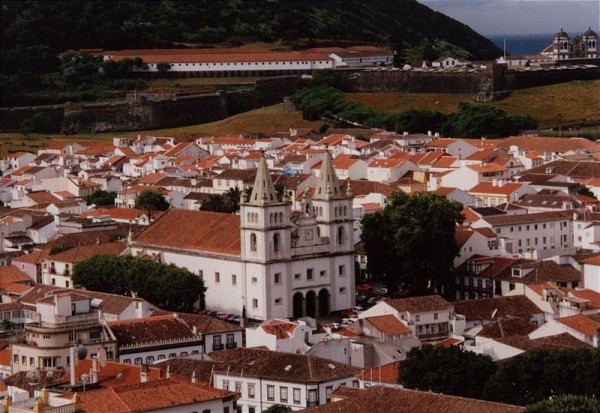
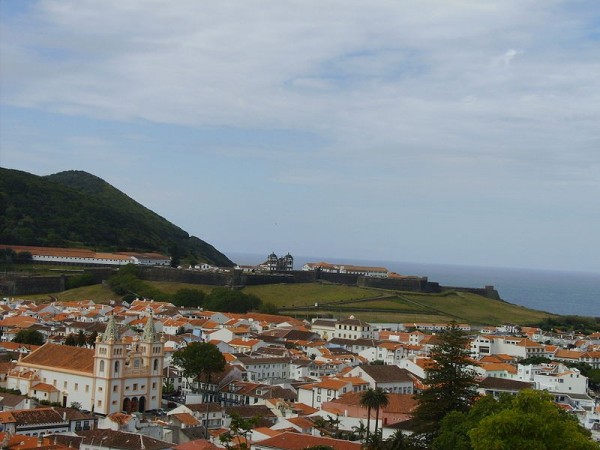
Located in one of the islands of the archipelago of the Azores, it was a obligatory port from the s. XV until the emergence of the steamboat in the s. XIX. The fortifications San Sebastián and San Juan Bautista, with 400 years, are unique examples of military architecture. Damaged by an earthquake in 1980, Angra is being restored.
Couvent du Christ (Tomar)
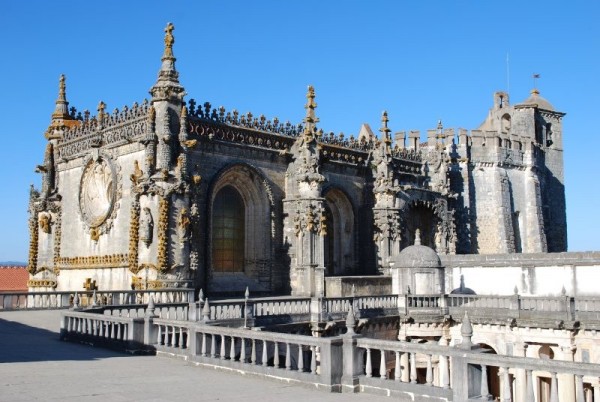
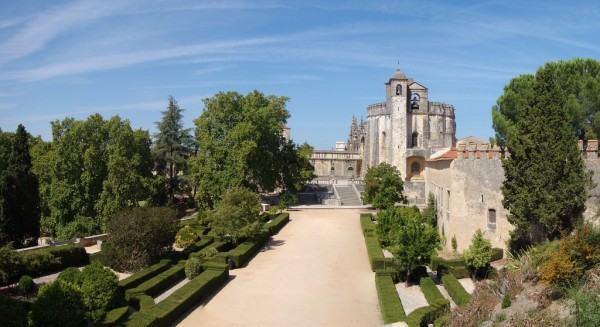
Conçu à l'origine comme a monument pour symboliser la Reconquête, le couvent des Templiers de Tomar (transferred in 1344 aux Chevaliers de l'Ordre du Christ) is now ready to symbolize the contracting of the manuélin - l'ouverture du Portugal to d'autres civilisations.
Paysage culturel de Sintra
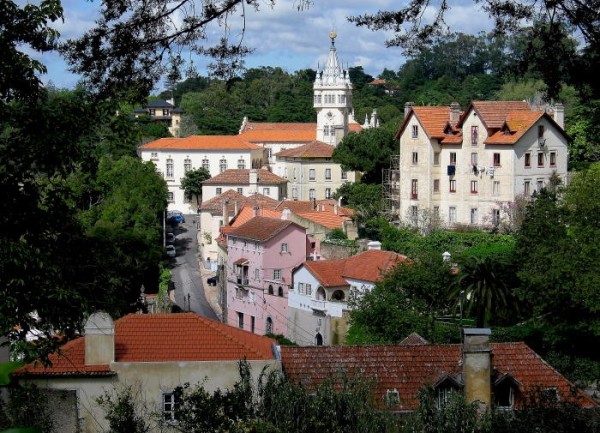
Dans le s. XIX, Sintra est devenu the premier center of the architecture romantique européenne. Ferdinand II, transforming a ruined Monastery into a castle, in which ce new sensibility était Let voir by utilization the des éléments of the gothique, égyptien, maure and the Renaissance, and the creation of parc a espèce exotique blends with emplacements the. Autres luxurious homes, were the same line construit par throughout the mountain, creating a unique Combination Gardens parcs and finished the landscape influencer l'architecture dans toute l'Europe.
Elvas Border City and its Fortifications
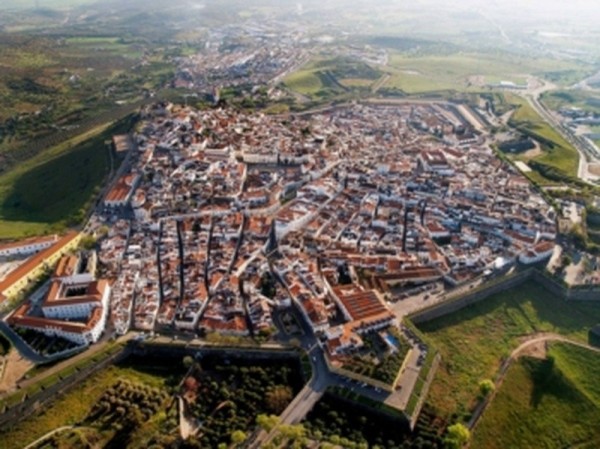
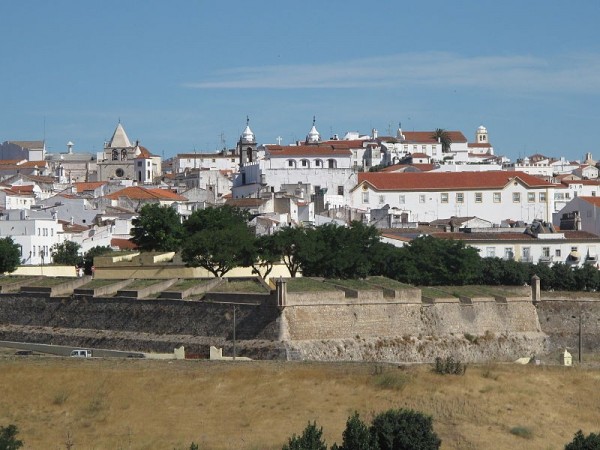
The site, extensively fortified between the s. XVII and the s. XIX, and represents the largest system of fortified walls in the world. Inside the walls, the city includes large notebooks and other military constructions as well as churches and monasteries. While Elvas remains dating from the 10th century, its fortifications dating back to the time of the restoration of Portugal's independence in 1640. Several of the fortifications designed by the Jesuit Cosmander represent the best preserved example of fortifications in the world originated in the Dutch military school. The site also includes the Amoreira Aqueduct, built to allow the fortress to withstand long fences.
Historic Center of Évora
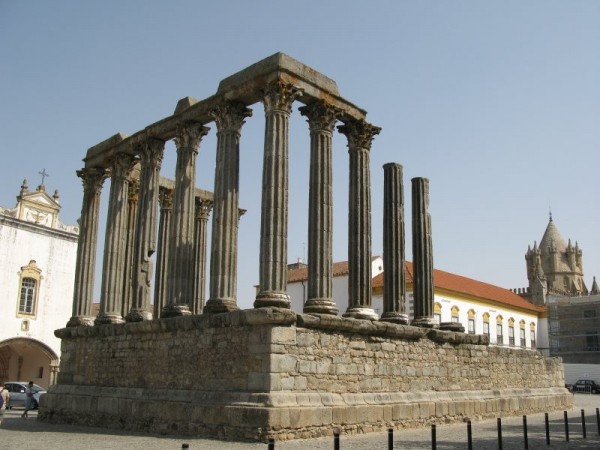
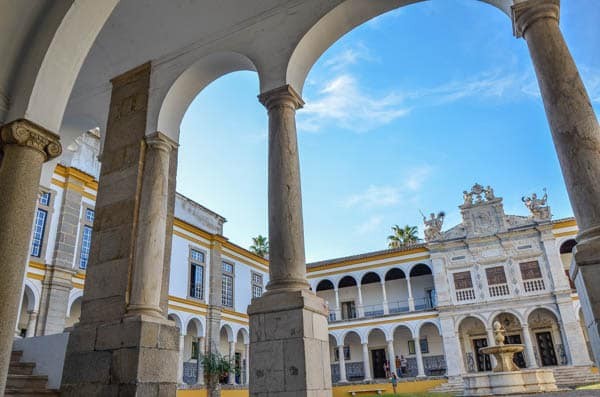
This city-museum, whose roots go back to the times of the Roman Empire, reached its golden age during the century. XV, when it became the residence of the kings of Portugal. Its unique quality derives from the white white houses decorated with tiles to the wrought iron balconies dating from the s. XVI to s. XVIII. Its monuments had a profound influence on Portuguese architecture in Brazil.
Landscape of the Culture of the Pico Island Vineyard
The site of 987 ha on the volcanic island of Pico, the second largest of the Azores archipelago, comprises a spectacular network of wide stone walls, widely spaced and parallel to the oceanic shore, ranging from the coast to the interior of the island . The walls were constructed to protect the small and contiguous corrals of the wind and the sea water. Evidences of this viniculture, whose origins go back to the s. XV, is manifested in the extraordinary set of fields, houses and mansions of the beginning of the s. XIX, wineries, churches and ports. Man-made, this landscape of extraordinary beauty is the best surviving vestige of a farming practice very common in other times.
Wood Laurisilva
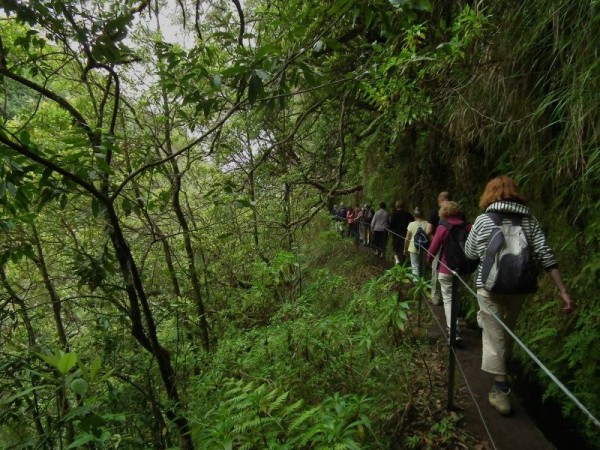
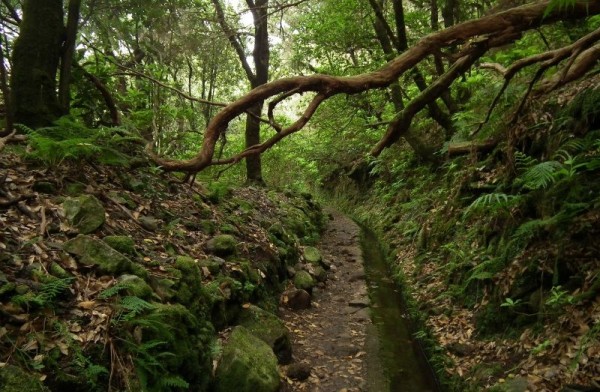
The Laurisilva of Madeira is an extraordinary relic of a type of laurisilva forest previously very widespread. It is the largest surviving laurisilva forest area and it is believed that 90% is primary forest. It contains an exclusive set of plants and animals, including many endemic species, such as Madeira dove-trocaz.
Monastery of Alcobaça

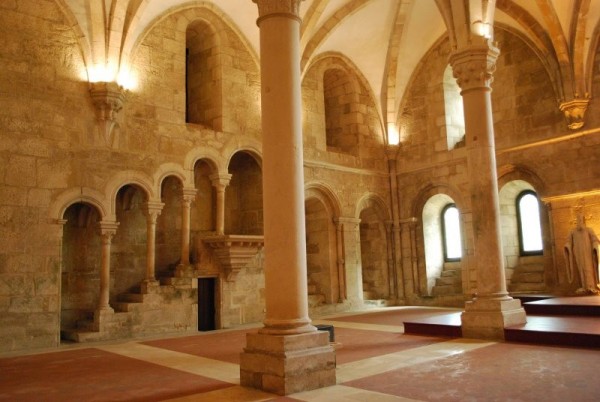
The Monastery of Santa Maria de Alcobaça, north of Lisbon, was founded in the century. XII by King Alfonso I. Its size, the purity of its architectural style, the beauty of the materials and the care with which it was built make this a masterpiece of Cistercian Gothic art.
Monastery of the Battle
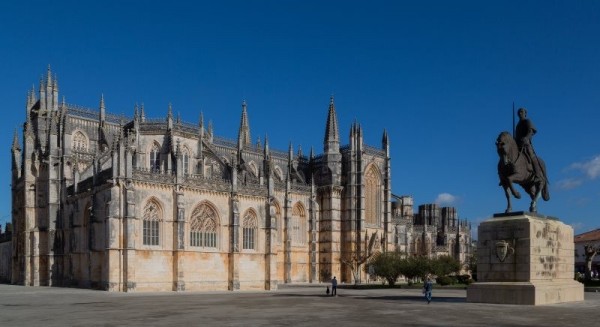
The monastery of the Dominicans of Batalha was built to commemorate the Portuguese victory over Castile in the battle of Aljubarrota in 1385. It was to be the main project for the construction of the Portuguese monarchy for the next two centuries. Here a national Gothic style and very original evolved, deeply influenced by Manueline art, as demonstrated in his masterpiece, the Royal Cloister.
Monastery of the Jeronimos and the Tower of Belem in Lisbon
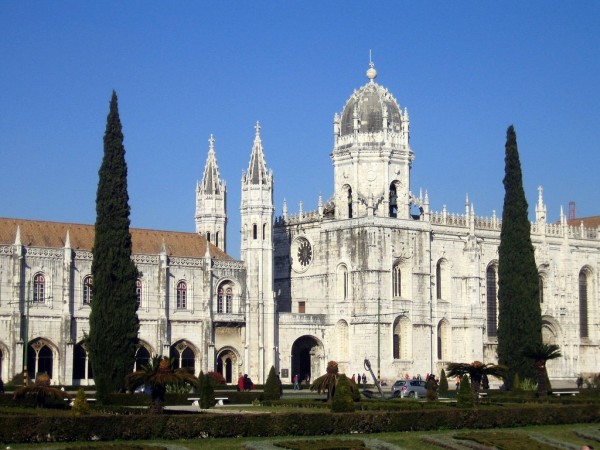
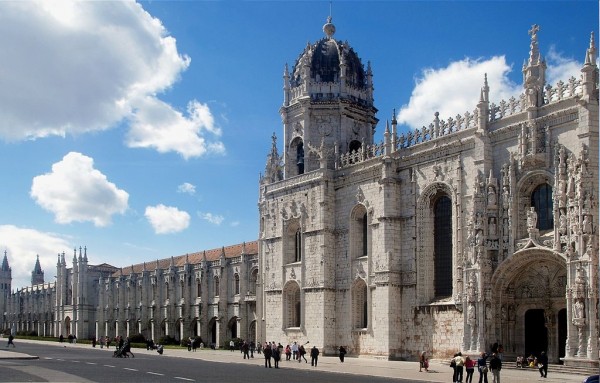
At the entrance to the port of Lisbon, Jeronimos Monastery - started construction in 1502 - is an example of Portuguese art at its best. The neighboring Torre de Belém, built to commemorate the expedition of Vasco da Gama, is a reminder of the great maritime discoveries that laid the foundations of the modern world.
Cave Art Sites of the Côa Valley

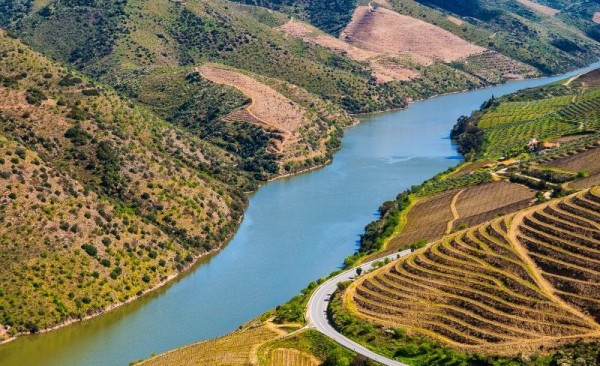
The two prehistoric rock art sites in the Côa valley (Portugal) and Siega Verde (Spain) are located on the banks of the Águeda and Côa rivers, tributaries of the Douro River, which document the continuous human occupation since the end of the Paleolithic period. Hundreds of panels with thousands of animal figures (5,000 in Foz Côa and near 440 in Siega Verde) were carved over several millennia, representing the most remarkable outdoor set of paleolithic art on the Iberian Peninsula.
University of Coimbra - Alta and Sofia
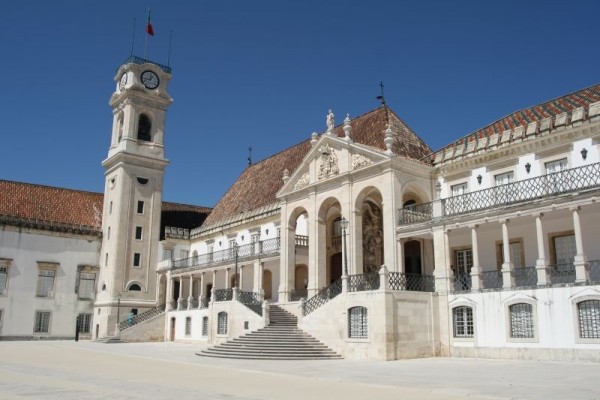
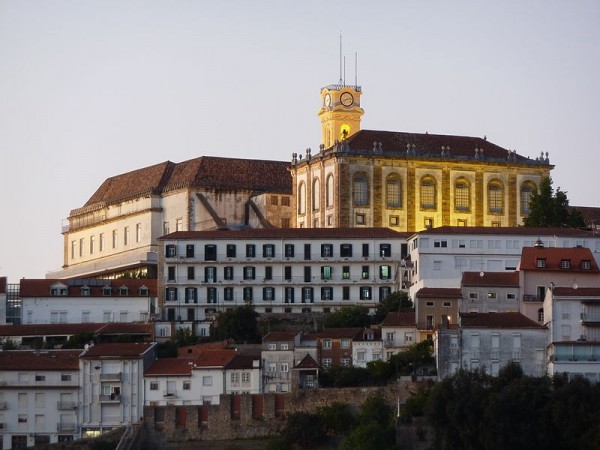
Located on a hill overlooking the city, the University of Coimbra and its faculties, grow and evolve for more than seven centuries within the old city. (...) The University buildings became the development of other institutions of higher learning in the Lusophone world, exerting a great influence on learning and literature. Coimbra offers an excellent example of a university city integrated with a specific urban typology, as well as its own ceremonial and cultural traditions that were kept alive through the ages.